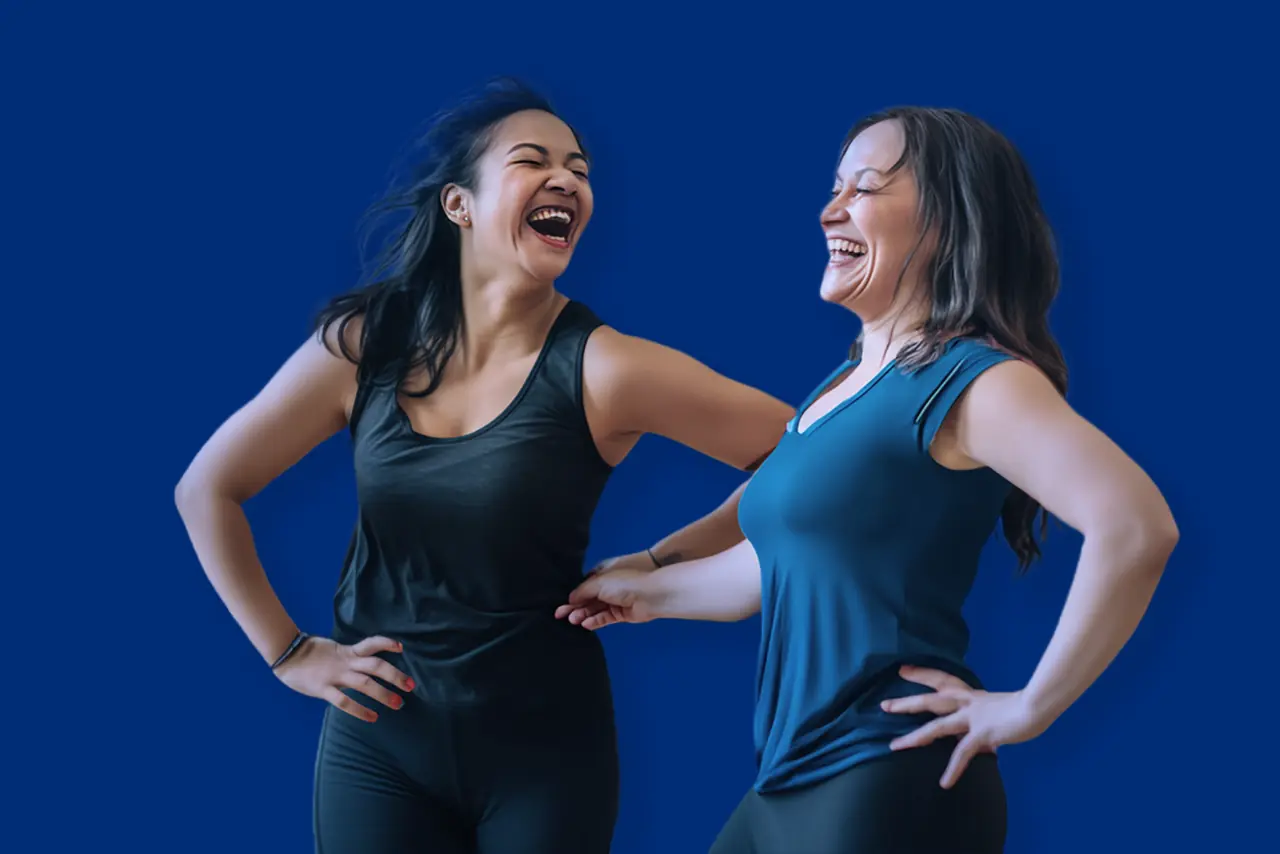To provide services at the highest level, we use cookies. Using the website requires you to choose settings related to their storage on your device. If you want to know what each type of cookie is used for, click the Details button below.
What is zumba and how does it work?10 maja 2025 |

Zumba is a high-energy workout that fuses dance and aerobics. Legend has it that in the 1990s Colombian fitness instructor Alberto Beto Pérez showed up to class without his usual aerobics tape, so he improvised with salsa and merengue beats. The result was a brand new training style that millions now adore around the globe.
A typical session lasts 45-60 minutes and strings together simple dance moves to Latin and pop music. Perfect choreography isn't the point; the goal is to enjoy moving. Because the whole body is involved, Zumba boosts fitness, coordination and overall mood.
Regular classes burn roughly 300-600 calories an hour (intensity depending), strengthen the heart and lungs, engage multiple muscle groups and tone the body. The upbeat music and party atmosphere also melt stress and lift your spirits.
Absolutely. Sustained effort and full body engagement torch calories. Combine consistent classes with a balanced diet and you'll notice the scale and the mirror respond.
Beginners do well with 1-2 classes a week to let the body adapt. For visible results, aim for 2-3 sessions weekly; your stamina and shape will improve. Seasoned fans often dance 3-5 times a week and mix zumba with other workouts for maximum benefit. Consistency and commitment are what count.